The term “quiet quitting” has generated a ton of interest since career coach Brian Creely coined the term in a Tik Tok video on March 4, 2022. Googling the phrase, “What is quiet quitting?” resulted in almost 2 million search results, which is beyond belief. There are many definitions for quiet quitting, such as:
- Doing the bare minimum at work—source.
- Doing the minimum amount of work necessary to maintain a job—that’s it. Nothing more, nothing less—source.
- Opting out of tasks beyond one’s assigned duties and/or becoming less psychologically invested at work—source.
People who do the minimum required and are psychologically detached from their job—source.
Learn how to implement employee well-being into your total rewards with our free guide.
Like any new phrase or term regarding the workplace, it’s important to dive into what it actually means, why it matters, and what and who it impacts. Quiet quitting is a really interesting phenomenon. You could argue that it shares many similarities with a term that became popular several years ago, “presenteeism.” At the time, presenteeism referred to employees who physically came to work (remember those days when we commuted to the office five days a week?) and, while physically present, were unproductive, exhausted, extremely distracted and were not performing. They were physically there but not emotionally there. Quiet quitting is similar. The key difference is that the majority of us are working in a hybrid environment, largely working remotely from home. In a hybrid structure, we are connected by workplace technology that enables us to do our work from anywhere, using whatever medium and at whatever time.
Digging deeper uncovered more interesting facts. For example, more than 50% of Canadian workers plan to look for a new job in 2023, 61% of workers are considering resigning from their jobs in 2023 (72% for Gen Z and 66% for Millennials), 35% of Canadians reported feeling burned out, and more than 75% of Canadians are worried about the rising cost of living and the impact this has on their personal finances. Adding more fuel to the raging fire is employee engagement is steadily declining, and almost 50% of managers of hybrid workers distrust them to do their best work.
To quickly recap, we have a massive population of talent who are planning to actively look for new jobs, are feeling burned out, stressed out due to finances, are not trusted by their managers, and are less engaged than last year. If you add all of this up, we have a potential catastrophe.
Yes, things don’t look great in our workplaces. But let’s clarify that quiet quitting is not a brand-new concept. It may look different, but as described above, it’s simply a form of employee disengagement. Just like “presenteeism” was a decade ago, quiet quitting is today.
ScaleHR Founder, Jeff Waldman, had the opportunity to co-present with HR expert Susy Martins at Venture for Canada’s All Things People conference about “demystifying quiet quitting.” Feel free to take a look at the slides here. We presented a handful of “hacks” that HR leaders and practitioners can use to deal with this important employee disengagement problem. They include:
- Setting up employees for success—awesome onboarding, extreme clarity in goals and expectations, compensation transparency, and centralization of important information.
- Performance management—measure success, measure engagement, celebrate success regularly, and address poor performers and those with poor attitudes.
- Investing in leadership—this cannot be emphasized enough. It’s never a bad time to start truly investing in leadership. It’s when times are difficult that leadership skills are put to the test.
- Investing in your tech stack—fully integrated collaborative platforms is mandatory. Seamless integrations, excellent user experience, leveraging all modes of communication (e.g. chat, video), and streamlining your current tech stack are all things you can do to invest in your tech stack right now. You don’t need 85 tools to run your business.
- Integrating well-being into HR—it’s the new workplace currency. Follow Gallup’s five elements of well-being and overlay its principles into everything you do. It’s not a one-time program or initiative. It’s a shift in the way you do things.
Solving the employee engagement problem is not easy. While we have seen billions of dollars poured into this problem, engagement is still declining. There is no simple solution, and while the term quiet quitting may appear to be something new, it’s really just another way of saying, “My employees are disengaged, and it’s a problem.”









